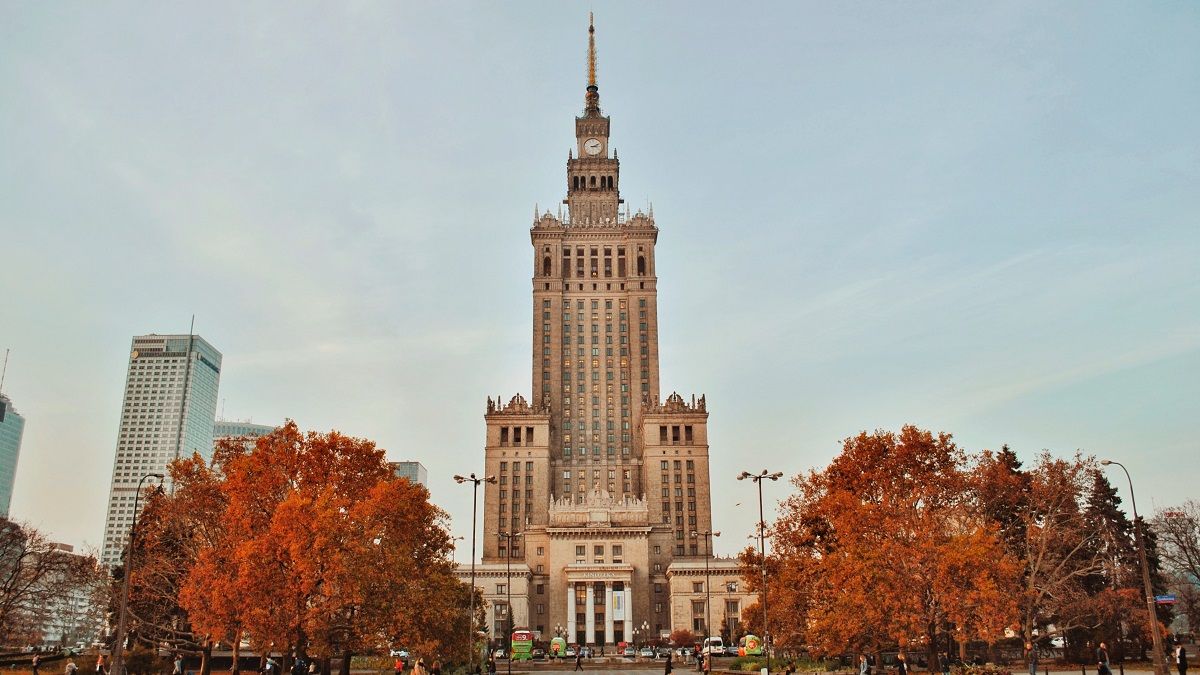A new report from Colliers has found that investment volumes in central and eastern European (CEE) countries are increasing by roughly 8.5%, year-on-year.
The report, The CEE Investment Scene, states that Poland recorded a 56% share of investment volumes in the first half of the year, followed by the Czech Republic at 16% and Hungary at 12%. However, it said that investors remain cautious considering the current geopolitical and economic sentiments, increased financing costs, and anticipated shifts in pricing that are likely to play out over the second half of the year.
Across the CEE countries, it has been domestic capital that has been most active in the first half of the year, wrote Colliers.
It said: “CEE domestic capital has been the most active in H1, with a 40% share of total volumes. In particular, Czech and Hungarian capital continue their drive with 20% and 11% of the total regional volume, respectively. This was followed by North American (25%) and European capital (21%). South African capital has also been more active in recent months, while Asian capital, typically Chinese and South Korean, has been fairly quiet so far this year.”
However, the firm refused to make any concrete predictions in terms of outlook, citing the unpredictability of recent years.
It wrote: “However, investors still view the CEE investment market as an attractive destination for capital, subject to the availability of investment product. As mentioned earlier, the cost of finance is on the rise so, unless current property owners have a real need to sell or are willing to adjust pricing to accommodate a proportion of those rising costs, then we might see some owners holding on to their assets a while longer, while undeployed capital will need to be patient or revise its strategy.”
It added: “CEE domestic capital (particularly Czech and Hungarian) is likely to remain active, both in their own markets, cross-border within CEE and in select western European markets. On the other hand, some sources of international capital have applied a cautious approach. Investors currently have a complicated playing field, considering the relative geographical vicinity of the war in Ukraine and its wider implications on fuels, energies and further disruption to supply chains, plus the less than positive macroeconomic and geopolitical trends that are developing. That said, these are not exclusive challenges to the CEE region.”







